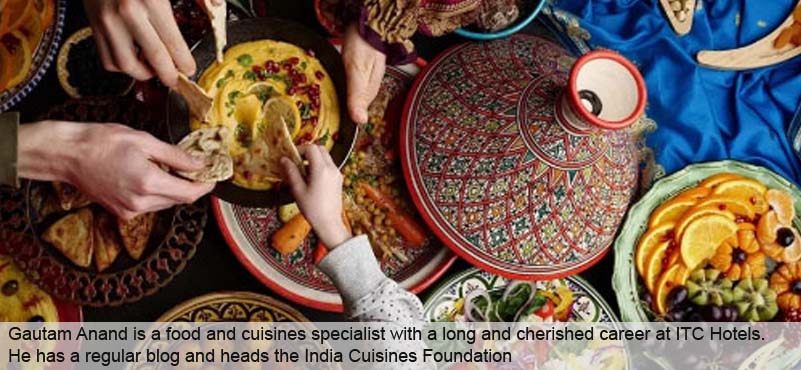“If we can cook together, we can eat together. If we can eat together, we can live together.”
A Table for Togetherness
In uncertain times, I find myself returning to the image of a table. It is where differences melt, where strangers become companions, and where hierarchy loosens its grip. Food has always been more than nourishment; it is recognition, belonging, and memory.

India shows us this vividly. Consider the Sikh langar, where thousands are fed daily, no questions asked. Or dal, prepared in a hundred ways but always familiar – a dish that binds together a subcontinent. Even the kulcha, with its regional flourishes, demonstrates how creativity and continuity coexist in our kitchens.
Historical Tables of Unity
The Central Asian influence on Indian food culture is a reminder that culinary diplomacy is centuries old. In the courts of the Delhi Sultans, meals were not only sustenance but statements of power and hospitality. Banquets during Id, Shab-e-baraat, or Nauroz under Sultan Firuz Tughlaq were elaborate affairs – sherbats, biryanis, pilafs, sambosas, and sweets laid out under opulent tents, cooked by expert matbakhyans and approved by trusted chashnigirs.
Equally important were the public kitchens of Sufi khanqahs, mosques, and madrasas, where meals may have been simpler but were shared by all who came. These dual traditions – the royal feast and the communal pot – remind us that food has always moved between exclusivity and inclusivity, between hierarchy and fraternity.
Community and Charity
India’s story is also one of charity through food. Langars and bhandaras are old traditions, but in our own time ISKCON has carried this forward at scale.
- At the Maha Kumbh 2025, their kitchens served nearly 100,000 meals a day.
- Through the Annamrita program, over 1.2 million school children receive a hot meal six days a week.
- During COVID-19, ISKCON distributed over 50 million meals worldwide.
- Every day, their temples continue to offer free prasadam to anyone who walks in.
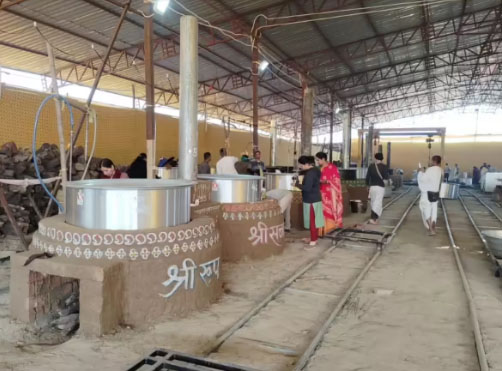
Government and political initiatives too deserve mention – Amma Canteens in Tamil Nadu, mid-day meal schemes in schools – all examples of food as social glue. Festivals and weddings carry this impulse forward, where dining becomes the centrepiece of togetherness.
Staples that Unite, Varieties that Enrich
- Universal Ingredients: Rice, wheat, and lentils are staples across India, rich or poor, rural or urban.
- Dal as a Constant: An equaliser that appears on every table.
- Regional Flourishes: A litti chokha in Bihar, neer dosa in Mangalore, bisi bele bath in Karnataka – different yet familiar.
Food in India is both diverse and unifying.
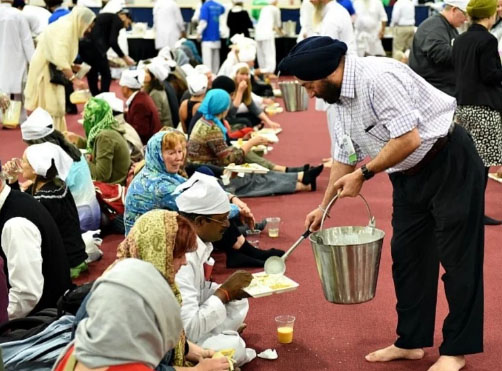
Crystal Ball Gazing: The Tables of Tomorrow
Looking ahead, we are witnessing a renaissance of communal dining. Supper clubs are sold out weeks in advance in Mumbai, hosted by names like Sherry Mehta and Suprio Bose. Singles tables are being created in restaurants to encourage conversation. Wine clubs and appreciation societies are thriving again.
The Onam sadya, once a Kerala ritual, is now a nationwide celebration. Chhappan bhog kitchens in temples are being revived with pride. Street food walks – like those curated by Anubhav Sapra in Delhi – bring people across communities together, with history, hygiene, and even social responsibility woven in.
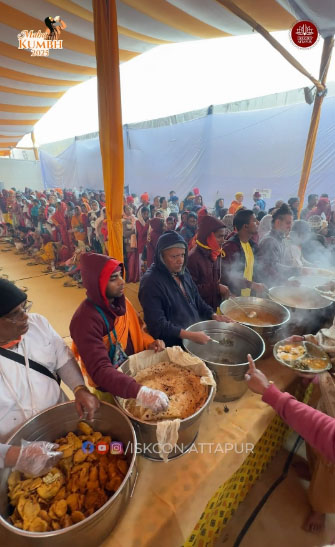 In my own small way, I host degustation evenings as a cuisine culture deipnosophist, guiding groups from New Zealand and Australia through 800 years of Delhi’s culinary story. Every such evening confirms my conviction: shared meals are a bridge across cultures and centuries.
In my own small way, I host degustation evenings as a cuisine culture deipnosophist, guiding groups from New Zealand and Australia through 800 years of Delhi’s culinary story. Every such evening confirms my conviction: shared meals are a bridge across cultures and centuries.
The Local Turn: Swadeshi in Practice
Mahatma Gandhi’s call to eat local, produce local, nurture local, imbibe local has returned with force. Today, responsible hospitality sets benchmarks:
- ITC Hotels pioneered Responsible Luxury – sourcing 55–60% of ingredients locally, highlighting regional cuisines at their pavilions, and reducing food miles.
- Oberoi Hotels aim to recycle 100% of wastewater by 2030 and halve their energy footprint.
- The Roseate works with farm-to-fork models where 70% of kitchen produce comes from local farms.
Forgotten grains – millets, sorghum, amaranth, barley – are also reclaiming the spotlight. Once dismissed as “poor man’s food,” they are now celebrated for nutrition, climate resilience, and cultural continuity. Their revival is not fashion, but wisdom rediscovered.
The Future: Regional Cuisine as Response
Crisis often forces clarity. Today, as climate challenges mount, food rooted in soil and community is the idea whose time has come.
- Diversity in Talent: Women and local chefs, custodians of recipes, deserve platforms.
- Sustainability: Local produce, ancient grains, and waste-free kitchens cut carbon and water use.
- Heritage and Hearth: Every dish is history on a plate.
- Employment through Skill: Regional food opens livelihoods rooted in tradition.
- Innovation from Tradition: From trash cocktails to millet-based menus, creativity thrives when it honours the soil.
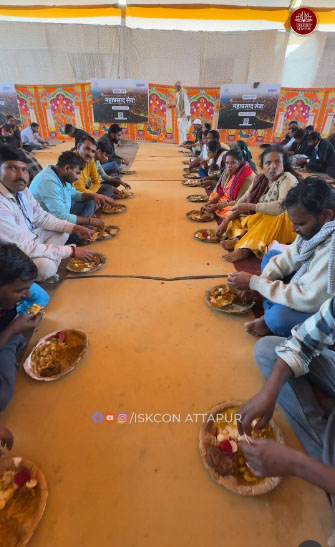 Unity, Not Division
Unity, Not Division
Cuisine must not divide into rich and poor, upper and lower, sacred and secular. Delhi itself teaches us this: a city shaped by Sultans, Mughals, refugees, reformers, Gandhi’s swadeshi, and migrants from across India – today it is a microcosm of the world.
If we cannot eat together, we cannot live together.
The Resilience of Our Cuisine
Indian cuisine proclaims that all life is interdependent. This legacy is often embattled, yet it endures – resilient, adaptive, and radiant. In that resilience lies hope – for India, and for the world.
A Poetic Table
Jiski khushboo se mehek uthe fizaa,
Jiski rangat se bhi aa jaye maza,
Ho nafees aur lazeez har luqma,
Zaiqa iska ho har ek se juda,
Khaa ke ho jaye khush jo mehmaan,
Hum bechaate hain wahi dastarkhwan.
The aroma that fills the air,
The colours that gladden the eye,
Each morsel refined and unique,
A taste unmatched in the world,
That delights every guest who partakes –
This is the table of India. ..

